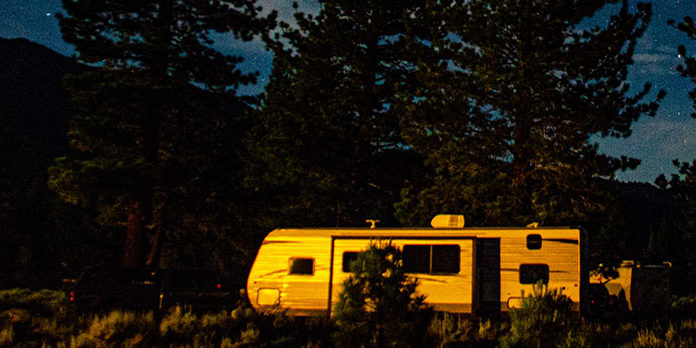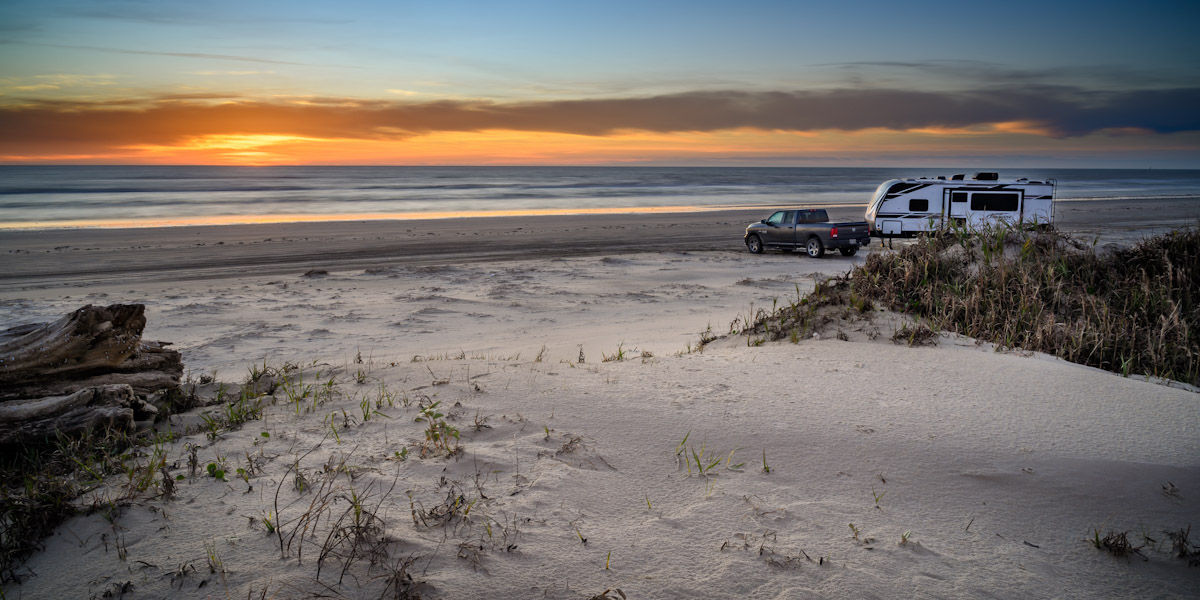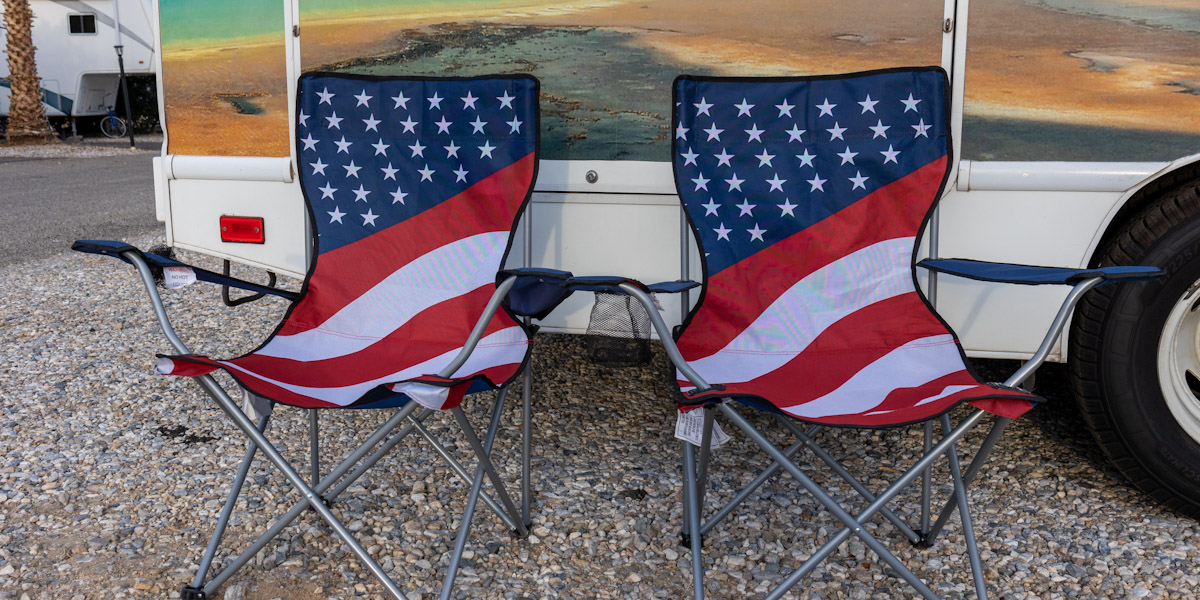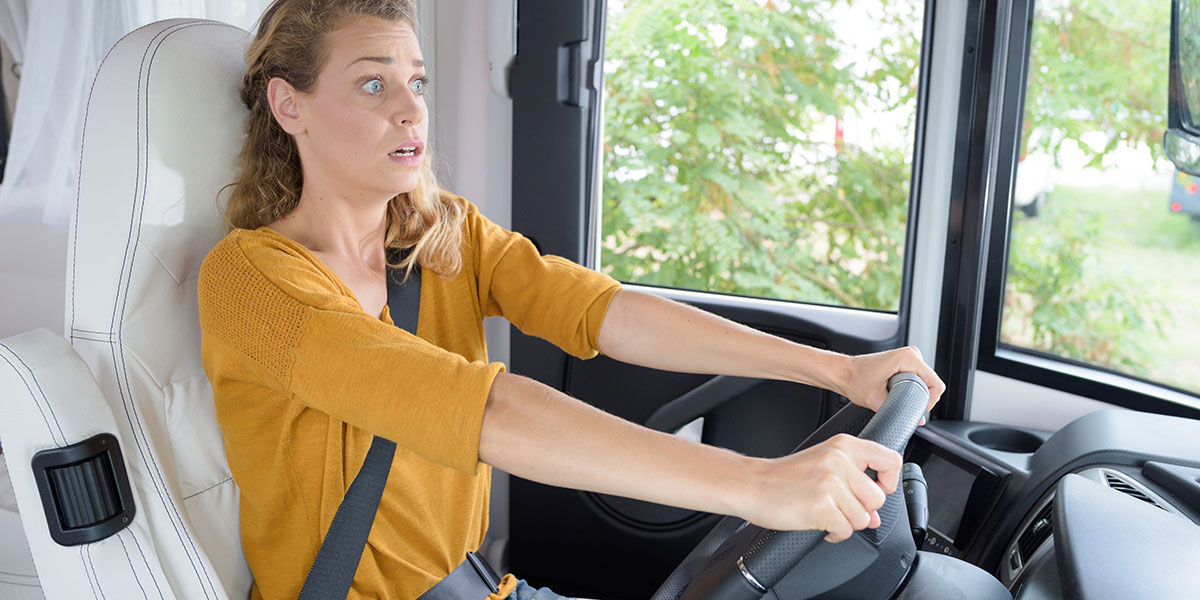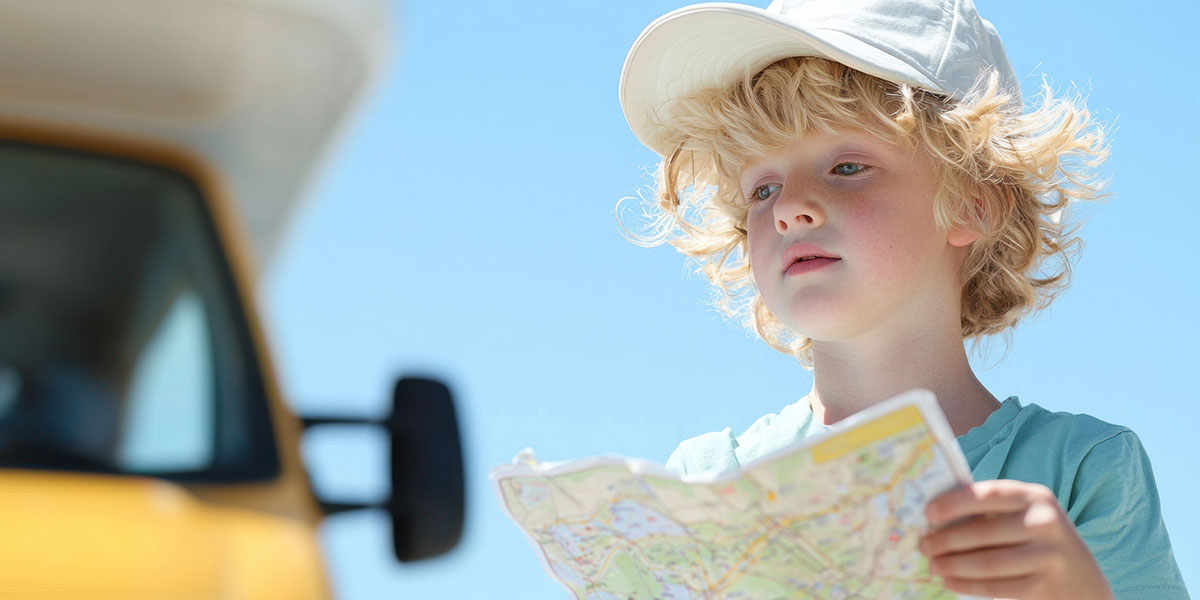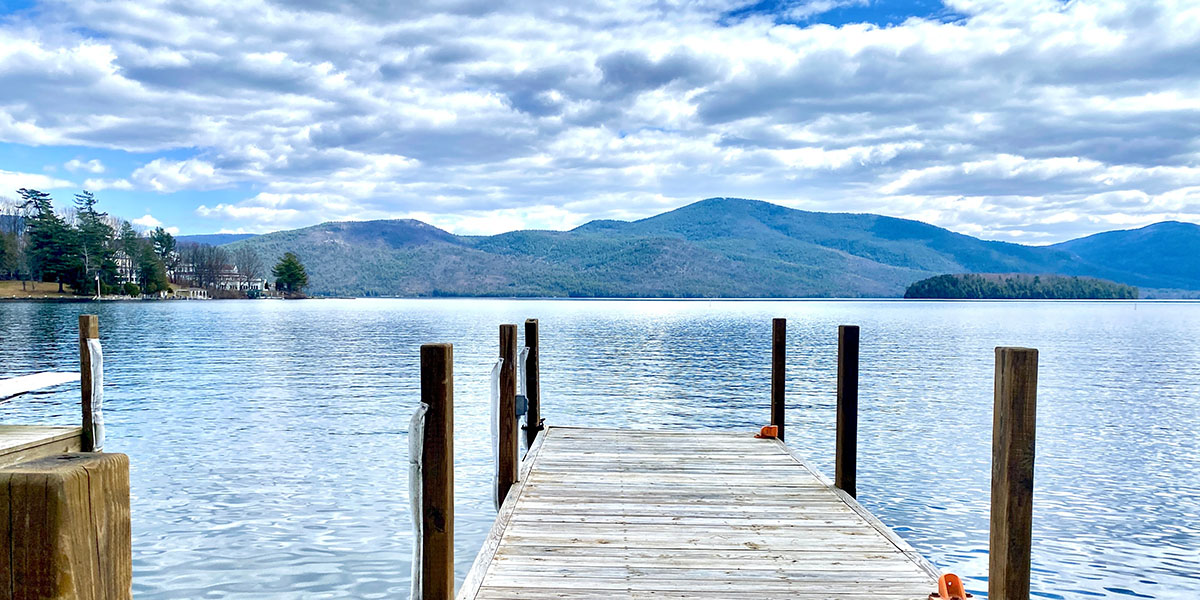Somewhere between winding mountain roads and long desert highways, our mind begins to echo the vast nature of our surroundings. There is a stillness that comes with perpetual motion — a paradox only nomads truly understand. It quiets the chatter. It breaks down ideas and preconceptions and even our ever troublesome egos. The nomadic spirit at the heart of RV psychology is rooted in human history. Those that live by it can hardly define it. It’s like trying to describe the urge to sleep or eat. That’s because the need to travel is deeply coded in our DNA.
But as difficult as it is to define, it is as irresistible to deny. What is it that keeps driving us? What makes RV psychology as powerful and it is natural?
The DNA of Our RV Psychology
Being a nomadic family with kids means that people question our lifestyle. Pretty regularly, in fact. But that’s only natural, right? When people see something different, they question it. (And sometimes even fear it.) But it’s also a great segue to talk about what’s actually natural. Just get comfortable with running against the current of popular opinion.
Not long ago, I had someone tell me — bless her honest heart — that it wasn’t natural for kids to travel from place to place. “They need stability and security, and to grow up in one place.”
This is a pretty common assumption. Many who feel this way are forgetting a crucial part of our history. Humans were nomadic hunter gatherers for almost all of history. It wasn’t until 10,000 years ago that farming took root. That’s what National Geographic would call two million years of nomadic hunter gathering — versus 10,000 years of sedentary agriculturalists. Backed by numbers like, I would argue that the nomadic urge is still ingrained in our nature. And the RV numbers on the road and in the campgrounds prove that psychology is still alive.
A few months ago, our family visited the Ute Museum in Ridgway Colorado. I was struck by a black-and-white photograph of a Native American family. The mother was on horseback, and her baby was strapped to a narrow wooden platform tied behind her horse with two long poles. Traveling with babies was an inherent part of the Native American lifestyle. I don’t hear anyone accusing the Native American lifestyle as unnatural. For good reason: It isn’t.
Our Connection with the Natural World
Perhaps the misconception can be forgiven. Sometimes I think a picture perfect backdrop leads to a false idea of nomadic travel. The assumption is that natural beauty is the primary driving force behind us. If it were just about being in the foreground of a lovely backdrop, we could accomplish that on much easier terms. But the reality is that it’s about being immersed in something bigger — and definitively natural.
Tribes around the world fostered a relationship with the land that is vastly different than how we view it today. There is an indigenous belief that the natural world exists, in part, because they acknowledge its existence. They believed that their homage to the mountain helped give it life. And, in return, the mountain nurtured them with food and sustenance. For most of human history, connection to the living earth ran deeper than water. I think we all feel the void of that connection in one way or another.
Today, most of us aren’t traveling to herd cattle or replenish hunting grounds. We travel to satiate a deep urge. If we are fortunate, we can experience brief moments connecting with the earth like an old friend. Taking a walk in the woods, or sitting on the precipice, we can exist in the scenery and feel the scenery existing in turn.
The Proof Is in the Pudding
My husband and I have been traveling with our kids since they were infants. It was a bold move. And it was hard, but not for them. It was hard for us. But we already knew that having kids was going to be hard, and at times, almost impossible. The hard doesn’t change, just the view. If anything, traveling with kids taught me how natural it really is. Watching them adapt and respond to every challenge with an enduring spirit was an inspiring thing to witness. I remember crossing the Gulf of Mexico on a motorless sailboat when my kids were three and one. I was so nervous about how difficult the journey would be for them. But they were perfect little pudding cups of joy. They rallied the crew with their positive attitude and infinite adaptability. It was all so natural to them.
Choose Your Beautiful
Living a nomadic life doesn’t mean that you are escaping hard. Anyone that has ever tried, already knows that. There is no escaping hard. Celebrities and billionaires teach us that everyday. All the fame, money, and power in the world can’t make someone happy. In fact, I think trying to escape the discomforts of our existence only makes life harder. Living a nomadic life is the opposite of an escape. It is a head first dive into the deep end of hard.
Personally, traveling has never been easy for me. Nor has it ever been a vacation. Going to Disney World is a vacation. Or staying at a luxury resort. But living in an RV full-time on the road with kids is anything but a vacation. It’s a life that my husband and I choose because it’s vivid, and it widens our perspective. It reminds us how little we know, and it shakes our preconceptions to the core. More than that, it satiates a deep hunger that neither of us can seem to shake when we sit still for too long.
